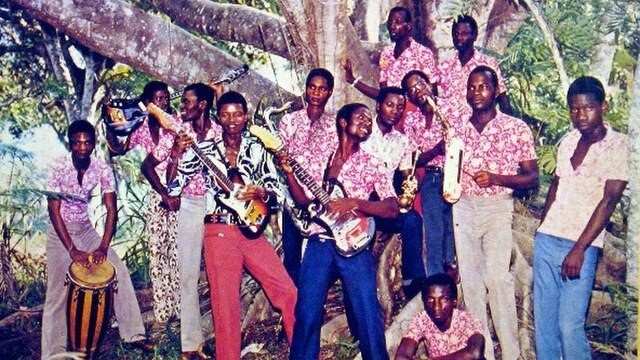In Brazzaville, the Republic of the Congo’s capital, the sound of Congolese rumba drifts through the evening air, mingling with the aroma of grilled fish and stewed cassava leaves. Along tree-lined boulevards and in open-air markets, a renewed energy has taken hold. The city, once a major cultural hub, is experiencing a revival that has placed art, music, and culinary heritage at the center of its public life.
This resurgence is not a sudden trend but the result of years of persistence by local artists, musicians, and cultural institutions determined to preserve and reinterpret the city’s traditions. In Brazzaville, music is more than performance—it is a living archive. Rumba, folk rhythms, and the syncopated pulse of street percussion serve as oral histories, carrying the memory of migration, struggle, and celebration across generations. Carnival parades and impromptu concerts alike become gatherings where history and present-day creativity meet.
The visual arts have followed a similar path. Studios and galleries across the city display works that balance contemporary form with ancestral motifs. Painters, sculptors, and textile artists draw from indigenous traditions while engaging in global artistic dialogues. Their work reflects a deep commitment to cultural continuity, even as it embraces modern experimentation.
Cuisine, too, has become a stage for innovation. Chefs are reimagining staples such as moambe chicken and saka-saka, infusing them with influences from international gastronomy while preserving their local character. Food in Brazzaville is more than sustenance—it is a form of storytelling, a way of affirming a shared connection to land, history, and community.
The revival has been strengthened by both grassroots initiatives and institutional support. Cultural centers, theaters, and museums have expanded programming, often with government backing, in recognition of the arts as both a driver of tourism and an anchor of social cohesion. Events that foster collaboration among musicians, dancers, chefs, and visual artists have become increasingly common, creating a networked creative community.
In the heart of this revival, the city moves to its own layered rhythm: the brushstroke and the drumbeat, the call of a market vendor, the clink of glasses in a neighborhood café. Brazzaville’s cultural renaissance is not just an aesthetic transformation—it is a reaffirmation of identity. Here, the arts are not an ornament but a foundation, shaping the way the city understands itself and shares its story with the world.
Sources:
- Gondola, Didier. History of the Congo: From Leopold to Modern Times. Cambridge University Press, 2022.
- Republic of the Congo Ministry of Culture. Cultural Policy and Creative Industries Report. 2024.
- Stewart, Gary. Rumba on the River: A History of the Popular Music of the Two Congos. Verso, 2003.


